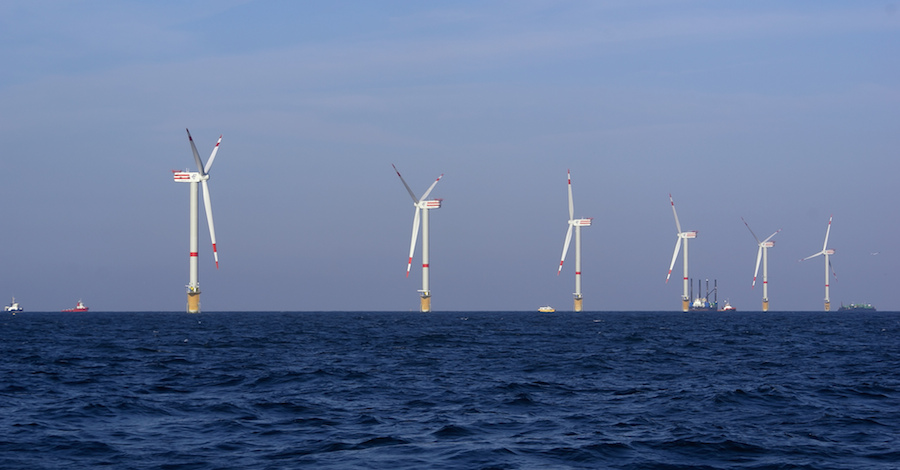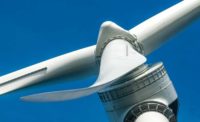In a surprise decision, Maryland regulators approved construction on May 11 of two offshore wind projects totaling 368 MW and costing about $2.1 billion, the largest such approval by a state to date.
The state Public Service Commission had been expected to choose between a 120-MW project proposed by a unit of Deepwater Wind—which developed the nation’s first wind farm, the 30-MW Block Island project off Rhode Island—and a 248-MW portion of a 750-MW project proposed by U.S. Wind, a subsidiary of Italian contractor Toto Holdings in awarding state renewable energy credits.
Industry analysts expected the commission to approve no more than 250 MW under a 2013 law that requires 2.5% of state renewable energy from offshore wind but with a cost cap. Maryland law mandates that 25% of state energy come from renewable sources by 2020. Once bidders submitted their best and final price, regulators were able to choose both, says Paul Rich, U.S. Wind project development director.
“The decision was not difficult once they understood it would embed the industry in Maryland and sustain manufacturing jobs for decades,” he says.
State officials say the projects would create nearly 9,700 jobs and pump $74 million in state tax revenues during a 20-year period.
The bidders have until May 25 to commit to about 30 conditions that include at least $100 million in investments in steel fabrication facilities and upgrades at a former steelmaking port site near Baltimore to be used as a construction and maintenance hub. “The all-in approach to offshore wind … signals to our neighbors and the world that Maryland is ready to serve as a regional hub and a substantial base for additional offshore wind development up and down the East Coast,” the state says.
The projects, which also need federal approval, are expected to reduce carbon dioxide emissions by 19,000 tons per year for 20 years. Maryland hopes to reduce carbon emissions by 40% by 2030. A 2013 state law also mandates that renewable energy accounts for 25% of the electricity purchased by 2020, including 2.5% of total retail electricity sales coming from offshore wind
In a statement, Deepwater Wind says its Skipjack wind farm will consist of 15 wind turbines and a state-of-the-art subsea transmission system to be built 26 miles northeast of Ocean City.
The state also set location requirements for turbines away from the popular beackfront area. “Each developer also must take advantage of the best commercially-available technology to lessen views of the wind turbines by beach-goers and residents, both during the day and at night,” Commissioner Anthony O’Donnell said in a statement.
Construction of the wind farms will be supported by ratepayer-funded incentives of $131.93 per megawatt-hour for 20 years—beginning in January 2021 for U.S. Wind and January 2023 for Deepwater Wind. Regulators project the cost for residential customers to be less than $1.40 a month, within the 2013 law’s limit.
U.S. Wind expects its second 250-MW phase to come online in 2021 and buildout of all 750 MW by 2022.
Other pending East Coast projects are 1.6 gigawatts in Massachusetts, 2.4 GW in New York and possibly 4 GW in New Jersey.
“The impressive Maryland decision sends a strong signal that the US offshore wind industry is open for business," says Jim Lanard, CEO of Magellan Wind, an offshore wind developer working on projects on the East and West Coasts.. "The state stands to become the East Coast leader in offshore wind infrastructure expansion, economic development opportunities, and job creation."





